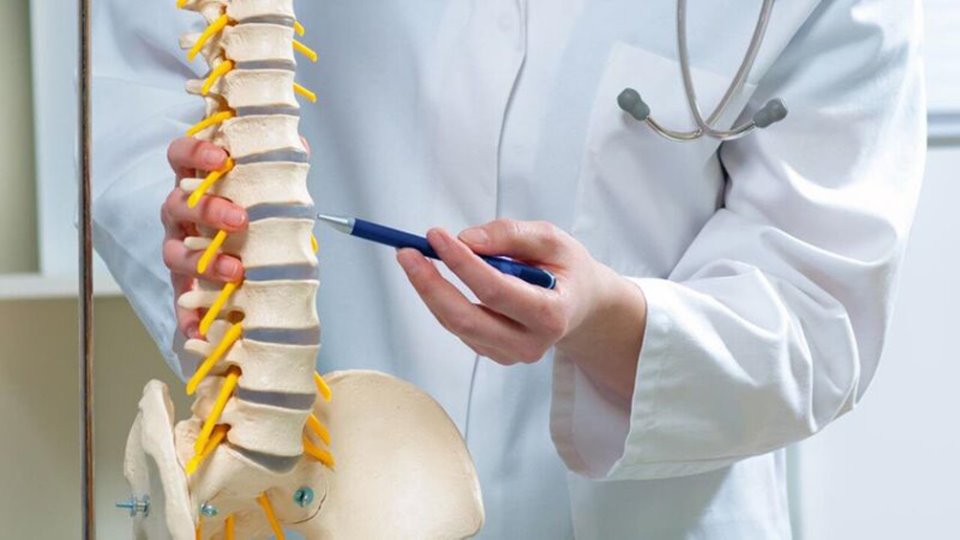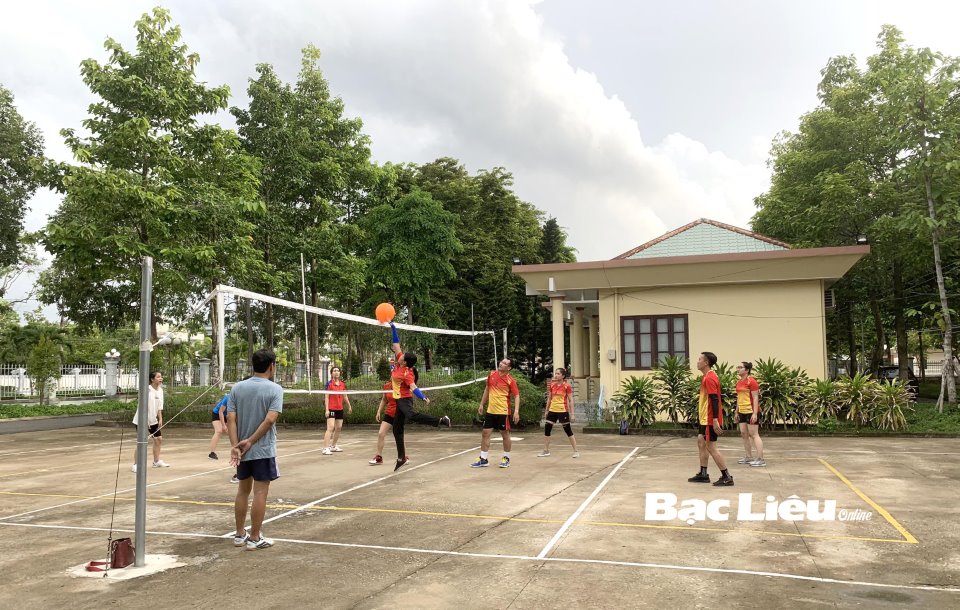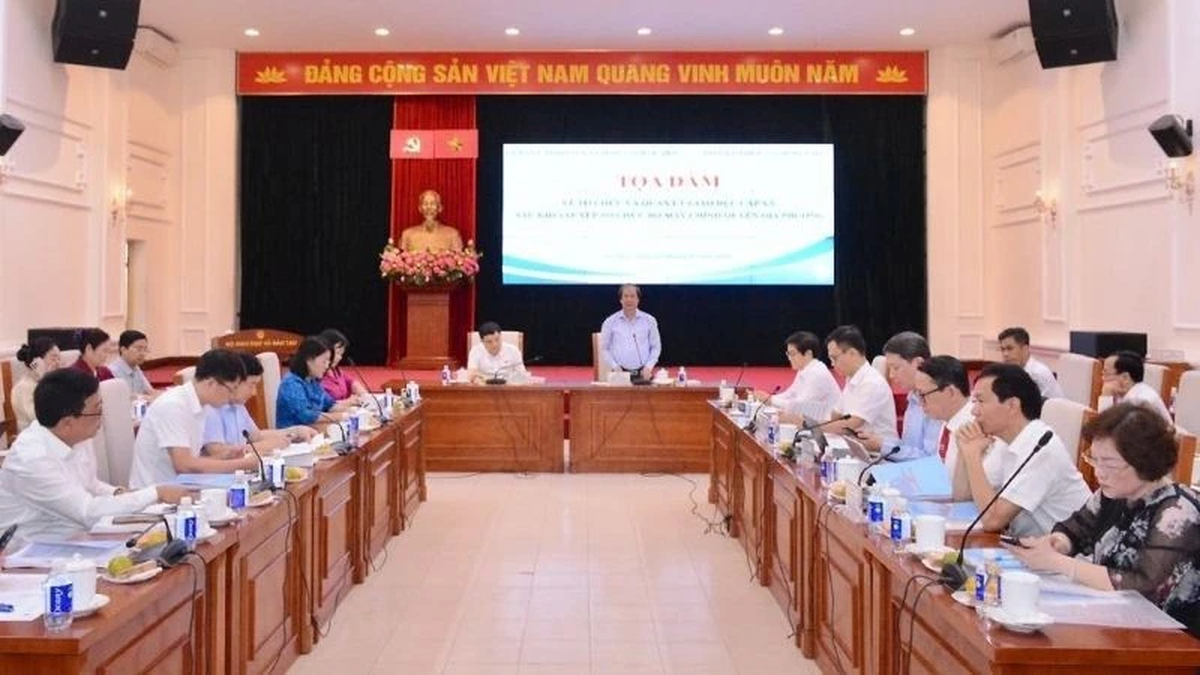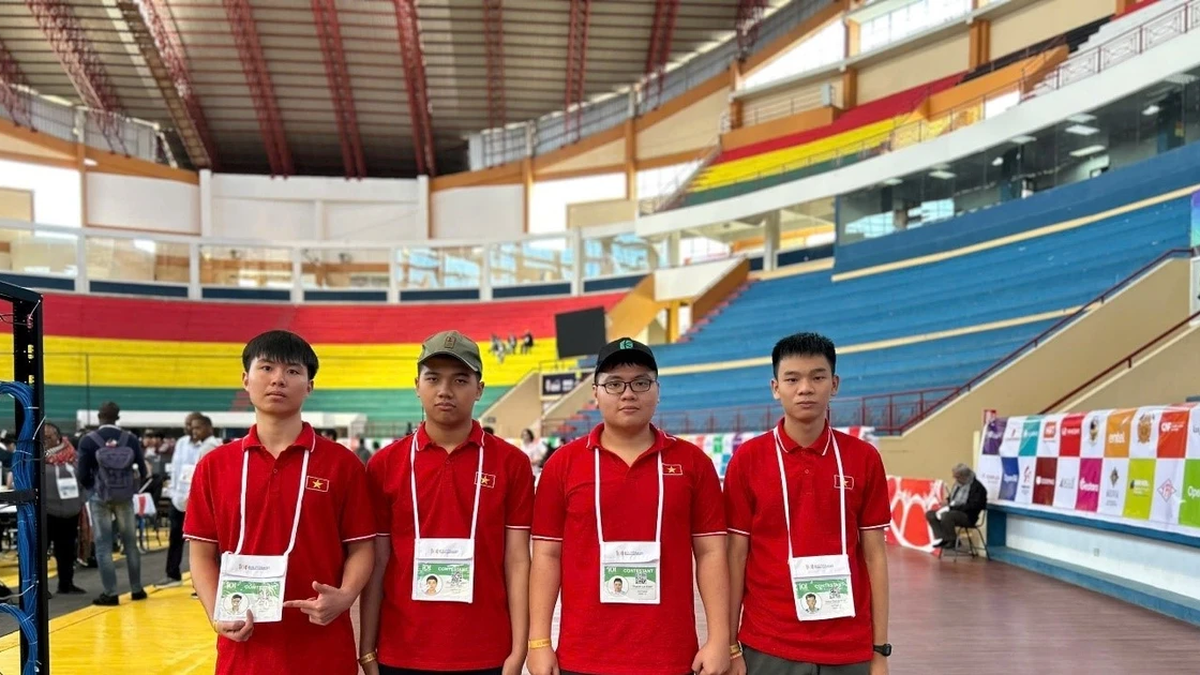The human spine extends from the skull to the pelvis, acting as a support axis for the body, protecting the spinal nerves and helping the body move flexibly. The spine is made up of many bones stacked on top of each other, in between are cushioning layers called discs. Lumbar spine degeneration is a consequence of the aging process of the spine, causing many symptoms that seriously affect health.
Lumbar spine degeneration can be caused by many reasons. Illustration: Internet
According to statistics, lumbar spine degeneration accounts for 31% of cases of osteoarthritis. The nerves in the back control the entire lower body including the buttocks, legs, bladder, anus, etc. Lumbar spine degeneration is the leading cause of compression of these nerves (especially the sciatic nerve).
In case of severe compression, the patient may lose control of urination and defecation, have leg paralysis, etc., which is very dangerous and at this time requires timely surgical intervention to release the nerve.
1. What causes lumbar spine degeneration?
Understanding the causes of lumbar spine degeneration helps each of us be more proactive in preventing the disease as well as slowing its progression.
In fact, there are many causes and factors that affect lumbar spine degeneration. Below are the common causes:
1.1. Consequences of natural degradation
Over time, when the spine is under great pressure from standing upright and daily activities, the spine also ages. According to research, the process of spinal degeneration occurs faster starting from the age of 30 onwards, the aging rate is different for each person, depending on diet, health, exercise, etc. Therefore, the older you are, the higher the risk of lumbar spine degeneration, especially when there is a lack of calcium for the bones.
1.2. Poor diet
Poor diet affects health in general and bones and joints in particular, this is also the cause of accelerating the aging process causing degeneration of the lumbar spine. A diet that is not good for the spine and joints is a diet lacking in magnesium, calcium and vitamins.
People who consume too much food containing protein, phosphorus, and salt but lack calcium and vitamins are more susceptible to lumbar spine degeneration than people with a balanced diet.
1.3. Due to injury
Lumbar spine degeneration can be the result of trauma caused by accidents, sports or work.
1.4. Due to work habits
Lumbar spondylosis is more common in people who do heavy lifting jobs or office workers who sit in one position for long periods of time in front of a computer. In addition, people who work as dentists, painters, and hairdressers are also at higher risk of lumbar spondylosis due to the need to bend and tilt their necks a lot.
1.5. Due to bone and joint diseases
Diseases that can damage the spinal joints such as arthritis, back pain, osteomyelitis, spinal spurs, gout, diabetes, herniated discs, etc. increase the risk of progression of lumbar spine degeneration.
1.6. Obesity
Excess weight increases pressure on the spine, over time weakening and damaging cartilage, losing elasticity of the disc, and hardening of the ligaments... This is the reason why most obese people suffer from bone and joint diseases, including early lumbar spine degeneration.
The cause of lumbar spine degeneration in each patient can be different, sometimes due to a combination of many causes at the same time. To diagnose, the doctor will interview to find out the habits or nature of work that are high risk for causing the disease.
Exercising properly helps keep bones and joints strong. Photo: CK
2. Measures to prevent lumbar spine degeneration
Based on the causes of lumbar spine degeneration, it can be seen that this is an inevitable disease for the elderly as the body ages. However, it is completely possible to slow down the degenerative process, prevent the disease in young people and reduce symptoms in the elderly by the following preventive measures:
2.1. Build a scientific , nutritious diet
A good diet contributes significantly to maintaining general health and bone and joint strength in particular, so this is an important measure to prevent lumbar spine degeneration. A suitable diet that is good for bones and joints should be noted: Many foods rich in nutrients nourish bones and joints such as vitamin D, calcium found in eggs, milk, nuts,...
Foods rich in omega-3, chondroitin, glucosamine,... found in animal cartilage, sea fish, tendons,... to prevent factors that destroy joint cartilage. Increase vegetables, fruits rich in vitamin C to provide antioxidants for the body, fight inflammation, and increase resistance.
Limit eating too much red meat, spicy foods, fast food, fried foods with lots of oil, carbonated drinks, alcohol, etc.
2.2. Change to healthy living posture
Including postures for studying, working, eating, sleeping, carrying heavy objects, etc., all need to be adjusted well for the spine, slowing down the aging process. Standing and sitting postures should be straight, both helping you feel comfortable and highly aesthetic.
When carrying heavy objects, you should use support tools or other people's support to avoid too much load that can damage the spine. You should move around after about 1 hour of continuous work with the computer. Walking and massaging the joints are all very good. Make sure to sleep 7-8 hours a day, and manage stress and tension well.
2.3. Increase physical activities
Regular exercise helps increase health and strength for the skeletal system, so it needs to be maintained. You can choose some favorite sports and maintain them regularly every week such as: swimming, cycling, walking, yoga, tai chi,...
TRUC LY (TH)
Typical symptoms
- Dull, persistent or severe pain in the lumbar region.
- Pain and numbness spread down the buttocks to the back of the thighs and to the toes (along the path of the sciatic nerve), difficulty bending, turning,...
- Pain so bad that I can't turn over.
- Woke up with back pain, stiffness and difficulty sitting up.
- Pain is worse with heavy exercise or deep bending.
- Some cases have cracking and rumbling sounds in the back when moving.
Source link





































































































Comment (0)